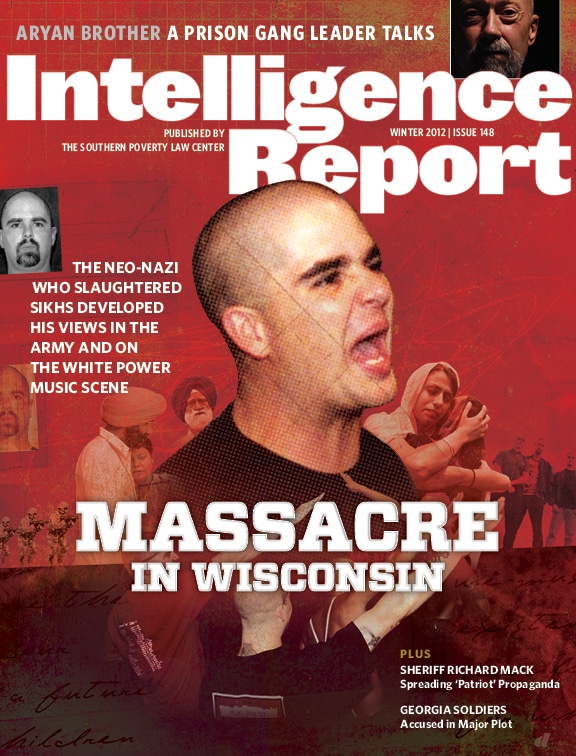Authorities determined an anti-LGBT hate crime reported in Nebraska was a hoax – one of several recent incidents in which “victims” lied about the attacks they supposedly suffered.
Masked intruders attack a lesbian in her Nebraska home and carve anti-gay slurs into her stomach. A Montana man is beaten severely about the face as he leaves a Missoula gay bar. Neo-Nazi thugs attack a Jewish college student in Michigan, sieg-heiling their victim before they violently staple his mouth shut.
The crimes would be horrible — if they were real. But in each of these cases, authorities say, the “victims” lied about the attacks they supposedly suffered.
The best evidence suggests there are something like 200,000 hate crimes a year in the United States. But within that total are a vastly smaller number that turn out to be bogus. The reasons people lie about hate crimes vary — covering up an embarrassing incident, promoting a cause, or just seeking attention — but their effect is the same. They give fuel to right-wing opponents of hate crime laws who like to claim that enormous numbers of reported hate crimes never occurred.
Several recent incidents have gotten wide attention:
This July in Nebraska, 33-year-old Charlie Rogers told police three assailants broke into her Lincoln home and attacked her, carving the word “Dyke” into her and attempting to burn her house down. Rallies were held to denounce the crime against the former University of Nebraska women’s basketball star. But then police found that she’d purchased the items used to “attack” her several days earlier and also had posted a Facebook message boasting that she was going to become a “catalyst” to “make things better for everyone.”
In Missoula, 22-year-old Joseph Baken told officials he’d been attacked outside a bar in August because he was gay. He posted photos of his injuries on the Internet, where they were spread by gay rights groups. But then police found a cell phone video showing Baken injuring his face while attempting a back flip off a sidewalk curb. In the end, he was given a suspended 180-day jail sentence and fined $300 for his attempt to avoid embarrassment.
Zachary Tennen, a 19-year-old sophomore at Michigan State University, claimed that he was beaten at a party in August, leaving his jaw broken and his mouth stapled shut, by neo-Nazis who had just learned he was Jewish. He told newspapers of his “terrible experience” and drew national attention for his ordeal, particularly in the Jewish community. But 50 witnesses at the party told police they saw no neo-Nazis and no attack. What they remember was a drunk college student who was aggressively hitting on women until, as he pawed one of them, a male friend punched Tennen in the face.
Right-wing websites wrote about all these incidents, suggesting that they showed how bogus most hate crime reports are. That’s false, of course, but every fake hate crime report feeds directly into the extreme-right propaganda machine.



